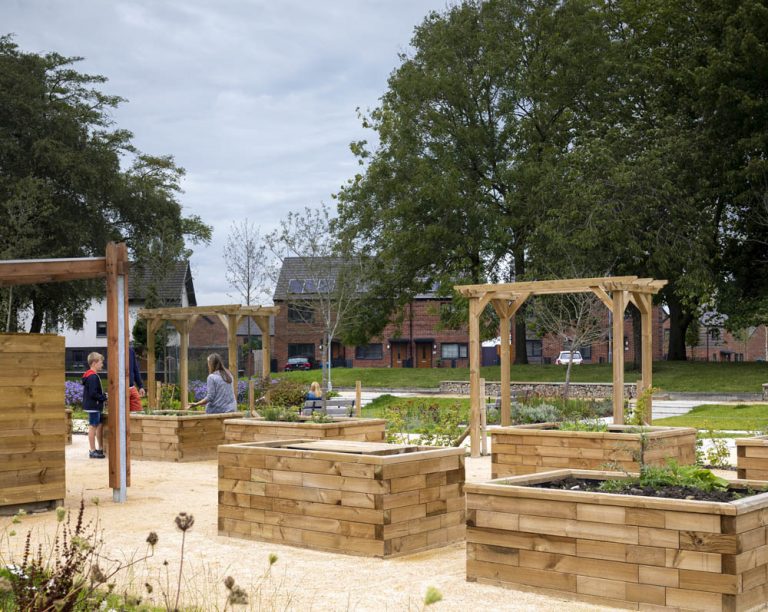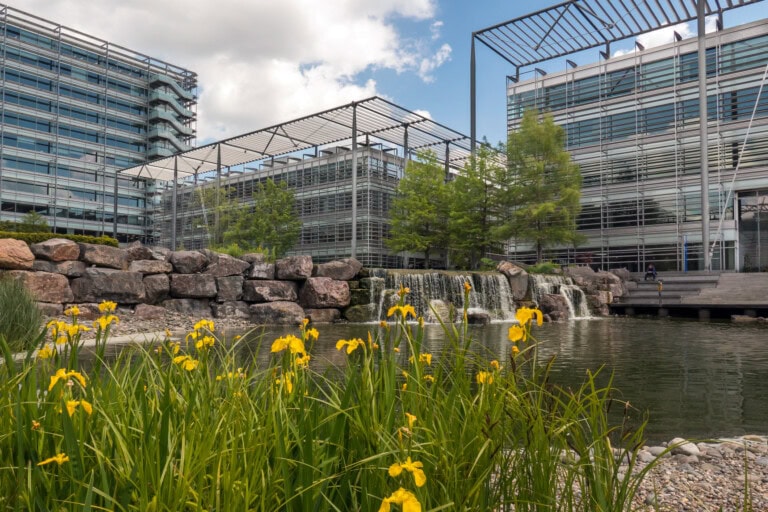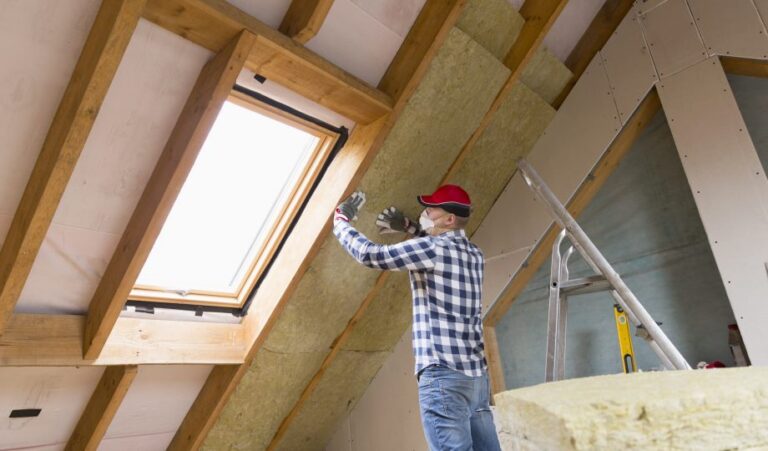How nature-based solutions can create climate resilient places

The recent rise of environmental, social, and governance issues in the public agenda has created a ripple effect through the built environment industry. Environmental adherence is now a vital component of investment decisions, as such an increasing number of building developers and owners are setting ambitious targets on carbon reduction, climate resilience, and increasing biodiversity.
UKGBC, as part of the IGNITION project, in collaboration with Business in the Community and Greater Manchester Combined Authority, collated and presented the scientific findings backing nature-based solutions (NBS) as the multifunctional solution to achieve these new industry targets in a recent report. The evidence presented supports UKGBC’s NBS ambition which advocates:
“By 2030, all buildings and infrastructure will, throughout their lifetime, be climate resilient and maximise environmental net gains, through the prioritisation of nature-based solutions.”
As part of UKGBC’s Increasing NBS programme we are working on a NBS delivery framework, to be published in March 2021, which will support industry’s attainment of our NBS ambition.
For Manchester, this understanding of urban NBS has fostered a desire to break down the barriers preventing the creation of a nature–rich and climate resilient city region.
A perfect example of this in practice is shown in an innovative development which uses NBS to combat the effects of climate change and reduce storm water flooding in Manchester’s suburbs. Landscape architects, BDP, alongside engineering and design consultancy, Arup, have designed a new sustainable drainage park for Manchester City Council in West Gorton – using an interconnected series of swales, rain gardens and bio-attenuation features.
The new community park, which opened in the Summer of 2020, is the final piece in a £100m regeneration scheme of 500 new homes, new community facilities and school improvements in the area.
Unlike a typical park, the green space in West Gorton has been specifically designed to manage the flow of rainwater into a drainage system to help prevent flooding.
Paths and hard surfaces have been replaced with permeable paving to allow rainwater to percolate through the ground, or channelled from surrounding roads to irrigate the new planting. Infiltration ponds will soak up water and any remaining will flow into sunken rain gardens, which have been planted with a range of biodiverse vegetation to enhance the area’s natural environment. During heavy storms, water that cannot be absorbed by soil and vegetation will be captured through a series of dished channels and used to water the trees and plants.
The landscape design for the park seeks to promote social cohesion and wellbeing, as well as environmental benefits to the city. The design incorporates three distinct areas; a woodland area filled with tree-lined paths and play features; a biodiverse meadow with picnic area and; community area for outdoor events. The aim is to encourage visitors to interact with nature and feel a strong sense of community.

This park fulfils the fundamental aims of the IGNITION project and is also the first UK demonstrator project for the GrowGreen initiative, which is funded by the European Union’s 2020 Horizon programme. Both programmes aim to show how green infrastructure can combat the effects of climate change by providing quantifiable evidence. A team from the University of Manchester will monitor the storm water flows over the next five years to examine how effective the park is in reducing flooding and how people make use of the space. The data they gather will then be used to inform the design of other green spaces in flood prone areas across Manchester and throughout the EU.
The combination of natural solutions and intelligent permeable materials provides an innovative function that supports the local community and solves many of the local council’s challenges. The result is a park that reduces flooding in and around central Manchester, creates a net gain in biodiversity but most importantly provides a lasting community space where residents can interact, feel safe and ultimately, take pride in.
For Manchester City Council, the hope is that West Gorton Community Park acts as an exemplar for this kind of Park in the region. Certainly, the use of permeable paving and natural materials has provided an innovative solution and it is clear that for future projects, the design and material specification must be carefully considered and tailored to the topography and space of each individual site. This way, we can avoid rapid deterioration, increase community interaction and ensure the best results for the environment, for years to come.
BDP’s Rosie Lodge will be presenting as part of UKGBC’s November masterclass ‘Maximising the commercial benefits of Biodiversity Net Gain’, which will dive into more detail on how this project made use of the wider commercial benefits from creating a biodiversity net gain.
Related
Storms, climate change and how we make our cities resilient

Sustainable Construction for the Sustainable Development Goals

Fixing the Competency Gap: Moving Beyond Qualifications in Domestic Retrofit

UKGBC Members visit Coal House in Cardiff

